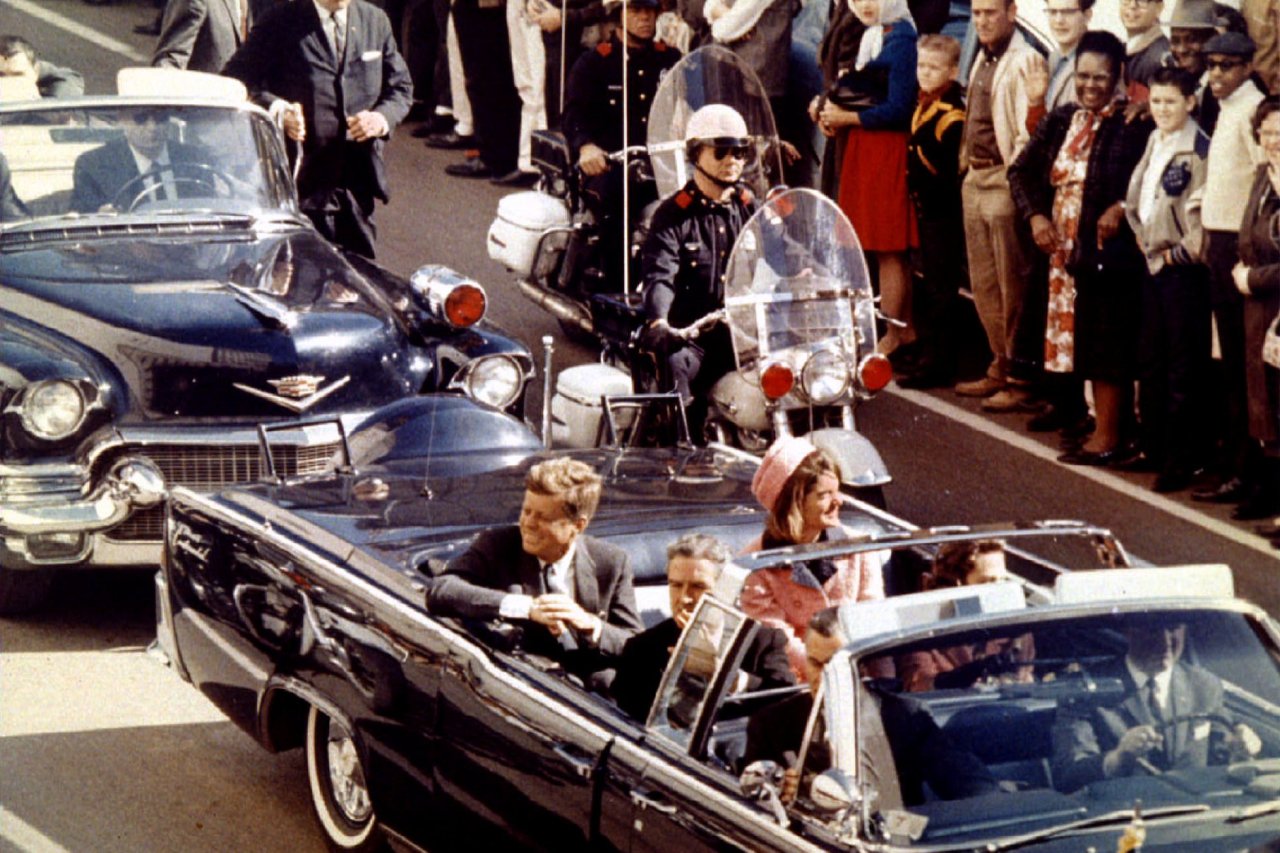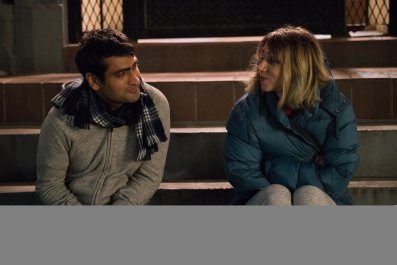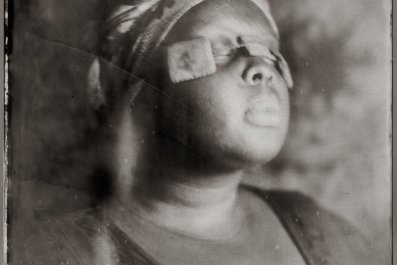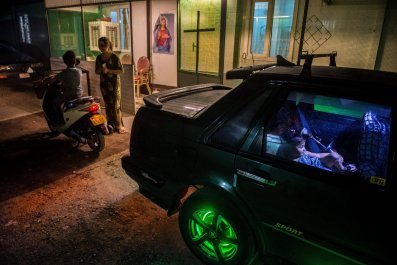He has called global warming a hoax, suggested that Barack Obama is not an American and linked autism to childhood vaccinations. And soon, President Donald Trump—America's most powerful conspiracy theorist—will decide the fate of more than 113,000 pages of secret documents about the ultimate conspiracy theory. No, not Russian meddling in the 2016 election—the assassination of President John F. Kennedy on November 22, 1963.
Ever since JFK was shot and killed on that fateful Friday afternoon in Dallas, theories have abounded about who really did it. The Russians? The Cubans? The CIA? During the 2016 campaign, Trump even claimed, without evidence, that the father of his Republican rival Ted Cruz might have been involved.
Now, on the year marking the 100th anniversary of Kennedy's birth, Trump will have to decide whether highly anticipated secret JFK assassination files can be released in October as planned. By law, federal agencies such the CIA and FBI may contest the release of these records, but in that case, the president would make the final call.
Newsweek has learned that the files are twice as voluminous as previously estimated. Metadata analysis of the government's JFK database reveals the coming files contain more than 113,000 pages of material, ranging from trivial to sensational. This trove will likely illuminate many of the events leading up to Kennedy's murder in 1963 and other pivotal parts of the Cold War between the U.S. and the Soviet Union.
Related: The CIA's Secrets About JFK, Che, and Castro Revealed in New Book By Former Operative
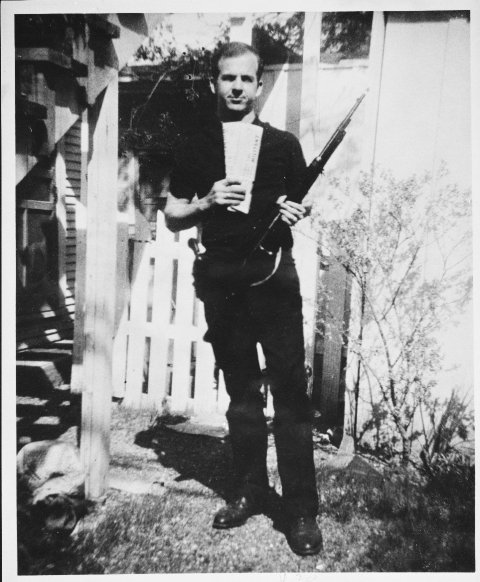
Credit for this goes to the JFK Assassination Records Act of 1992. Passed unanimously by Congress in the wake of Oliver Stone's movie JFK, the law mandated that all assassination-related records in the government's possession had to be made public within 25 years. The measure was signed into law by President George H.W. Bush, a former CIA director, and set the statutory deadline that arrives later this year.
The Cold War conspiracies documented in the coming records include: transcripts of the interrogation of a Soviet defector, a report on a suspected assassin in Mexico from the KGB Soviet intelligence service, the CIA connections of four Watergate burglars and the operational files of two CIA assassination planners.
Over the years, opinion polls have consistently shown that more than 60 percent of Americans don't believe the official story—that Lee Harvey Oswald acted alone in killing Kennedy. To their disappointment, this coming trove of JFK documents isn't likely to contain any "smoking guns." But, as Politico noted in 2015, there will be plenty of potentially embarrassing information about the CIA, an institution Trump and his supporters have denigrated as part of the "deep state."
Russia, Cuba and Jack Ruby
The contents of the trove can be gleaned from metadata in the National Archives and Records Administration (NARA) online database of JFK records. That repository catalogs the secret JFK files by document type, agency, title, subject field keywords and other metadata, including the page count for each document.
Last fall, the Mary Ferrell Foundation, a nonprofit that publishes government records related to the assassinations of JFK, Robert Kennedy and Martin Luther King Jr., obtained a copy of the full database of JFK records metadata from Ramon Herrera, a programmer in Houston, who scraped it from the public pages of NARA's website.
About a third of the records are CIA documents, and another third are from the FBI. The remaining third are divided among several agencies—the Justice Department, the State Department and the Internal Revenue Service—as well as investigative bodies such as the Senate Select Committee on Intelligence Activities and the House Select Committee on Assassinations. Some documents are duplicates; others may have already been released. (In an email, Martha Murphy, the chief of JFK records at the National Archives, says she can't confirm the figure of 113, 000 pages.)
The JFK database provides many clues about what's coming. It cites 44 memoranda, 34 reports, 19 cables, 62 letters and three affidavits, as well as 12 audio cassettes, 23 magnetic tapes, 10 sound recordings and a batch of photographs, apparently taken in Parkland Hospital in Dallas, where JFK was pronounced dead.

Among the keywords found most frequently in the records: Jack Ruby, the Dallas nightclub owner who killed Oswald in police custody. Ruby is mentioned 119 times, mostly in IRS records. Other common tags in the JFK metadata: Russia (71), Cuba (68) and Cuban Revolutionary Council (68)—that's the Miami-based CIA front group that sought to overthrow the government of Fidel Castro during JFK's presidency. There are also 48 documents about Mexico and Mexico City, which Oswald visited six weeks before the assassination. And there are 47 documents that mention Castro, the charismatic Cuban strongman the CIA plotted to kill, beginning in the Eisenhower administration. Five documents contain information about Rolando Cubela, a disaffected Cuban official, known by the code name AMLASH, whom the agency recruited to assassinate Castro in late 1963. Five documents reference the KGB.
Among other mysteries, the metadata identify a series of Cold War spy tales that shaped American history.
An Infamous Mole Hunt
The records are sure to illuminate the ordeal of Yuri Nosenko, a KGB officer whose defection to the United States in January 1964 set off a bitter power struggle in the CIA that paralyzed its Soviet operations until 1970.
The agency's chief of counterintelligence, James Angleton, claimed that Nosenko was a false defector. Angleton, the agency's leading expert of Soviet intelligence operations, argued that Nosenko had been sent to protect a mole at CIA headquarters and hide a possible Soviet connection to Oswald. Nosenko was detained and interrogated at two secret CIA detention facilities in Maryland and Virginia. Held for more than four years without facing legal charges, Nosenko never confessed, despite Angleton's efforts to break him. Nosenko was not tortured, but he told a 1991 Frontline TV documentary that he was dosed with LSD while in detention. He died in 2011.
The secret JFK files include transcripts of Nosenko's interrogation, several lengthy reports and even audio tapes of him. In 1968, the CIA's Office of Security concluded that Nosenko was a bona fide defector; so did three subsequent agency investigations. Yet that conclusion is still controversial among intelligence historians. Some cite Russia's intervention in the 2016 presidential election as evidence that the CIA counterintelligence has consistently underestimated Russian penetration efforts.
The 42 records on Nosenko, including more than 2,000 pages of material, will almost certainly help clarify a central mystery of the mole hunt that some say drove Angleton mad.
Oswald and a KGB Assassin?

In the History Channel's new documentary series JFK Declassified, former CIA officer Robert Baer describes a meeting in Mexico City between Oswald and Valery Kostikov, a Soviet diplomat, six weeks before JFK was killed. On the program, Baer identifies Kostikov as "the head of KGB assassin operations."
The CIA had touted this identification of Kostikov to the White House the day after Kennedy's assassination, and it may have played a role in President Lyndon Johnson's decision to support a presidential commission to as fears mounted over the Kremlin's possible involvement in the assassination. The Warren Commission received an ominous CIA memo that repeated the allegation that Kostikov was "believed to work for Department Thirteen...of the KGB...responsible for executive action, including sabotage and assassination."
The JFK metadata shows that the CIA has a secret 167-page file on Kostikov, which could clarify who he really was. In May 1963, counterintelligence chief Angleton had discounted him as a threat, telling FBI Director J. Edgar Hoover that he had "no information" that Kostikov was associated with the KGB's 13th Department. The Kostikov file may also reveal more about his contact with Oswald in Mexico City six weeks before JFK was killed.
The Plumbers Plunge
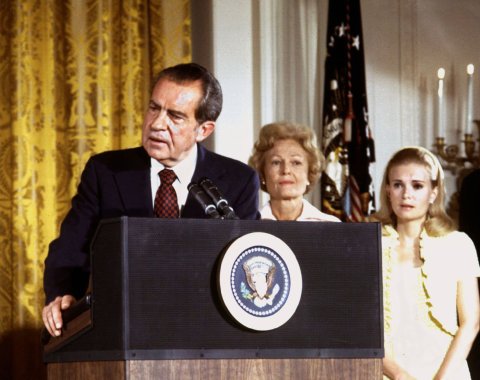
The arrest of seven burglars at the Democratic National Committee headquarters in the Watergate office complex in June 1972 was the beginning of the scandal that ended with the resignation of President Richard Nixon.
A search of the online JFK database reveals the existence of more than 700 pages on the CIA connections of four of the Watergate burglars. The most notorious was Howard Hunt, a career CIA officer, prolific novelist and acerbic conservative critic of JFK's Cuba policy. The agency has three operational files, three folders and two interviews concerning Hunt, a total of 391 pages of material.
Late in life, Hunt made some murky statements that seemed to implicate some of his CIA colleagues in a JFK conspiracy. Hunt's remarks were not quite a "deathbed confession," as some claim, but his use of the phrase "the big event" to describe JFK's murder did renew questions about what he knew about what happened in Dallas.
A CIA file on James McCord, former chief of the agency's Office of Security, runs to 267 pages. He was the burglar closest to CIA Director Richard Helms, according to The Washington Post's Bob Woodward. There are also withheld files on burglars Bernard Barker (84 pages) and Frank Fiorini, aka Frank Sturgis (35 pages).
Senator Howard Baker, vice chairman of the Senate Watergate committee, famously likened the role of the CIA in the Watergate affair to "animals crashing around in the forest—you can hear them, but you can't see them." As Woodward wrote in 2007, "Baker and many Watergate investigators came away with the sense that senior CIA officials knew more than was ever revealed."
Seven hundred pages of what the CIA knew about the burglars are scheduled to be revealed in October.
Flawed Patriots?

William King Harvey and David Atlee Phillips were decorated CIA officers who conducted authorized assassination operations for the agency in the 1960s. The metadata show that the JFK files include nearly 500 pages of material on their activities in the 1950s and 1960s.
Previously declassified CIA records disclosed that Harvey ran the agency's assassination program from 1960 to 1963. It was known by the unsubtle code name ZR/Rifle. Harvey was one of the agency's legendary operators: a fat, shrewd, gun-toting man with a prodigious work ethic, memory and appetite for booze. He was known to despise Kennedy and his brother Robert. Harvey's admiring but appalled biographer called him a "flawed patriot," with one of his CIA colleagues, John Whitten, calling him "a thug." Another CIA colleague, Mark Wyatt, told a journalist that he encountered Harvey flying to Dallas on a commercial flight in November 1963, an unusual destination for the chief of the CIA's station in Rome.
Harvey inevitably pops up in conspiracy theories about CIA involvement in Kennedy's murder, and the agency is due to declassify 123 pages of his operational files in October, which has some people salivating. "Do the Harvey files contain travel records?" asks author David Talbot, who reported Wyatt's story in his recent biography of Allen Dulles, The Devil's Chessboard. "That's what we'll find out."
Many are also eager to find out what the files say about Phillips, who rose to become chief of the Latin America division of the clandestine service. Acting on the orders of Nixon, Phillips ran a covert operation against leftist Chilean President Salvador Allende in 1970 that ended with the assassination of a top Chilean general and the bloody overthrow of Allende's democratically elected government three years later.
Phillips was a person of interest for JFK investigators. When Congress re-opened the JFK inquiry in the 1970s, some House Select Committee on Assassinations investigators thought Phillips perjured himself in closed-door testimony about Oswald. Before his death in 1988, Phillips denied any role in a JFK conspiracy, but he did say on at least one occasion what Howard Hunt insinuated late in life: that JFK was ambushed by gunmen working for rogue CIA officers who used Oswald as their patsy.
Conspiracy theories aside, the new records, if released, could expose new details of the exploits of two famed undercover operatives.
'Let's Clear This Up'

So what will Trump do with all that tantalizing material? The CIA has not committed to releasing the files, and a White House official, speaking on condition of anonymity, told Politico in May that the administration "is familiar with the requirements" of the law mandating full disclosure.
The issue White House counsel Donald McGahn will have to resolve pits congressional and public interest in full disclosure against the government's claim to secrecy. Under the JFK Records Act, the CIA and other federal agencies have the right to postpone the release of any records whose disclosure would cause "an identifiable harm to military defense, intelligence operations, law enforcement or conduct of foreign relations." The law requires the agency seeking to maintain secrecy to prove that "the identifiable harm is of such gravity that it outweighs the public interest in disclosure." That is a high bar.
Judge John Tunheim, the chairman of the civilian review panel that declassified most of the government's JFK files, has called for release of all the remaining records. "This is all stuff from 50 years now, folks," he said in speech at the National Press Club in March. "It's not that important to keep protecting it."
Baer, the former undercover CIA officer, has said the same. "There's no sources and methods involved. Release [the records], and let's clear this up."
Et tu, Donald?
Jefferson Morley is the author of The Ghost; The Secret Life of CIA Spymaster James Jesus Angleton (St. Martin's Press), out October 2017. Rex Bradford is president of the Mary Ferrell Foundation.



